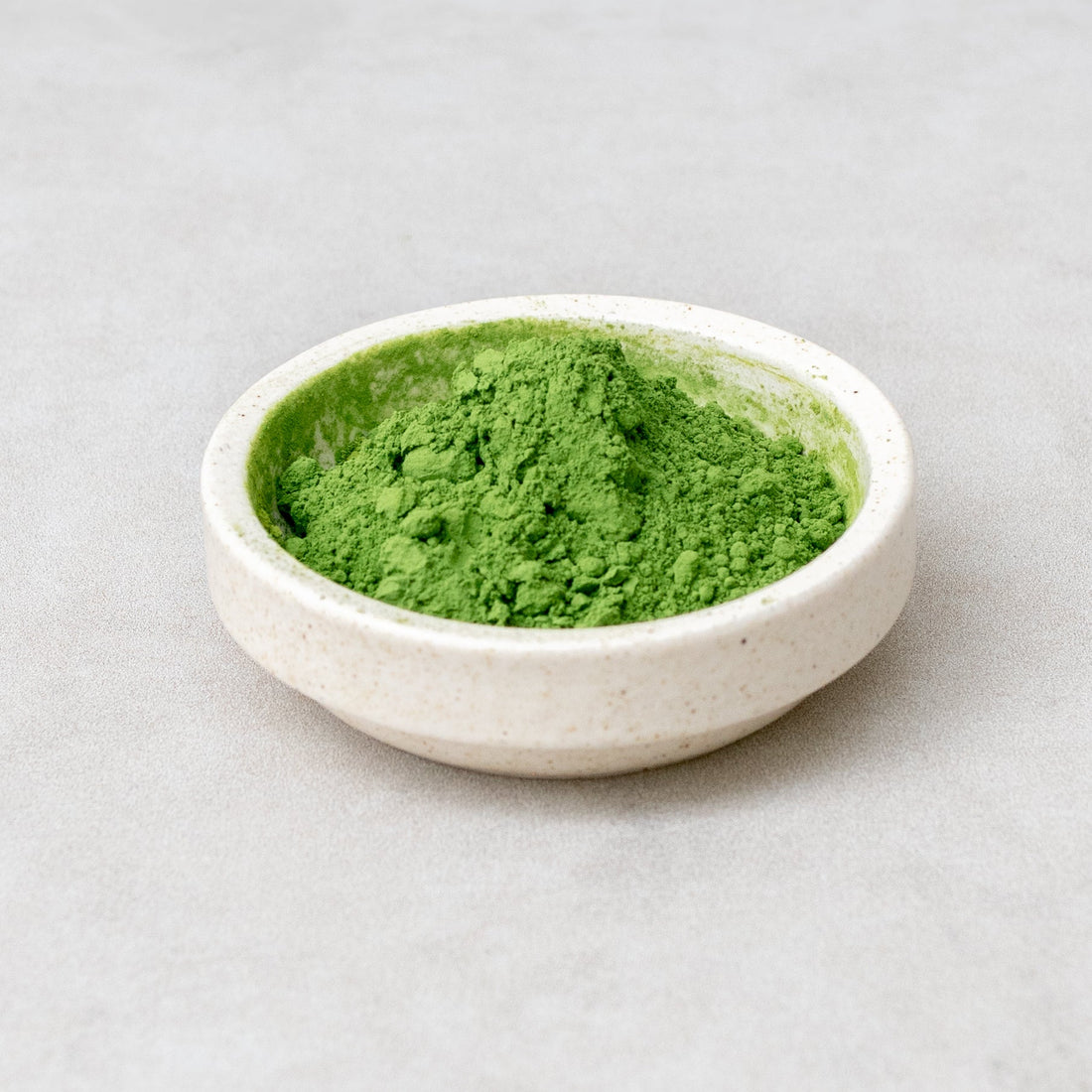When it comes to matcha, understanding the different grades is key to choosing the right one for your needs. Matcha is typically categorised into three main grades: ceremonial, premium, and culinary. These grades are determined by factors like the time of harvest, growing conditions, and processing techniques.
Growing region and processing methods, like shade-growing and steaming, further influence the flavour, colour, and texture of matcha. With countless blends available, each offering unique qualities, knowing the distinctions between these grades will help guide your matcha journey.
Ceremonial Grade
Ceremonial matcha is harvested from the youngest tea leaves in Spring, it is a vibrant green colour with a delicate sweet umami flavour, traditionally consumed in Japanese tea ceremonies. Since tea harvesting pauses completely during winters, the first harvest is heavily anticipated and very expensive.
Premium Grade
Picked during the second harvest, premium matcha is slightly less sweet and delicate than ceremonial grade but retains all the essential nutrients and health benefits. Its balance of flavour and affordability makes it ideal for daily use, especially in lattes. While more robust, it’s still smooth enough to enjoy on its own or with milk.
Culinary Grade
Culinary matcha, made from more mature tea leaves harvested later in the year, has a stronger, more robust flavour and a less vibrant green colour. It’s processed for use in cooking, baking, and blending into beverages, where its bold taste and slight bitterness are more manageable.

